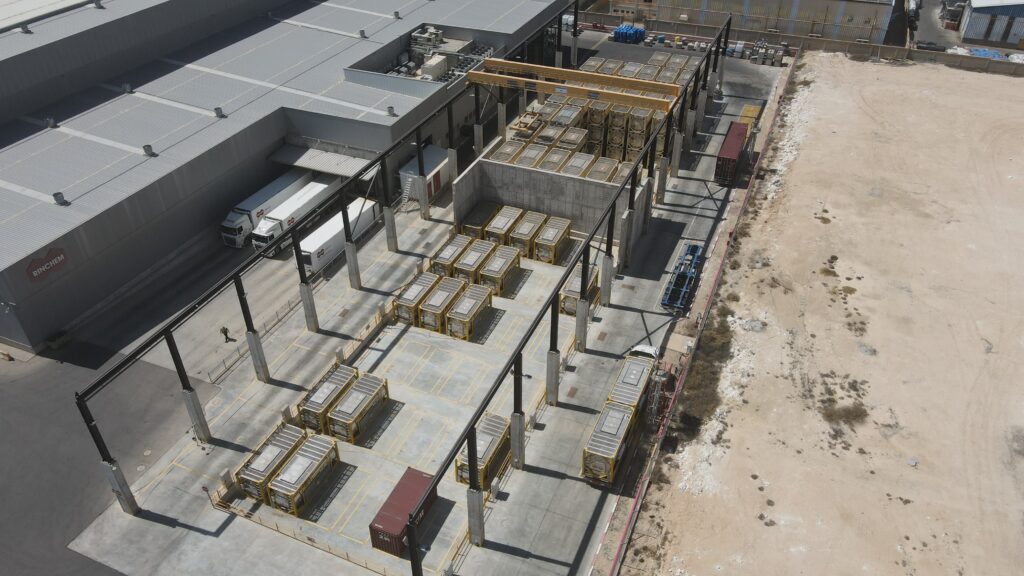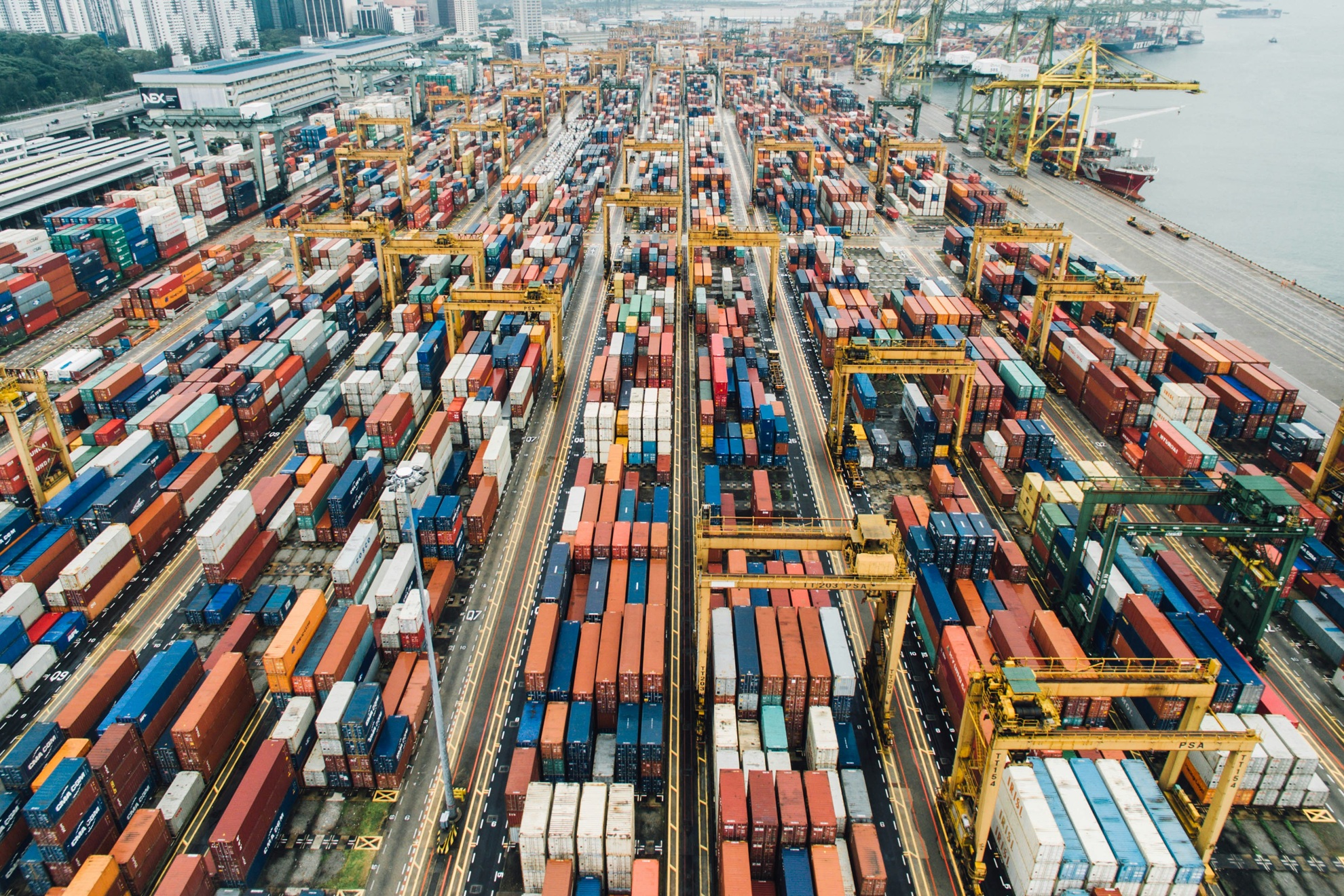Using ISO Tanks for Your Chemical Supply Chain
TABLE OF CONTENTS
INTRODUCTION
WHAT ARE ISO CONTAINERS
WHY ISO TANKS FOR HIGH VOLUME CHEMICALS & GASSES
Ensuring Purity & Preventing Contamination
Enhanced Safety & Compliance
Cost Efficiency & Flexibility
Global Availability & Supply Chain Integration
Sustainability & Environmental Benefits
ARE ISO TANKS RIGHT FOR MY BUSINESS
CONCLUSION
Introduction
In this white paper we will:
- Define ISO Tanks,
- Discuss the benefits, and
- Share reasons why you would consider pivoting to ISO Containers for your chemical and gas storage and transportation

What are ISO Containers?


Why are ISO Tanks Ideal for High-Volume Demand Chemicals & Gases?

Ensuring Purity and Preventing Contamination
The key advantage of ISO containers is their ability to maintain the integrity of the materials they store. Unlike traditional storage methods that may require frequent transfers between containers or vessels (each transfer increasing the risk of contamination), ISO tanks are designed for both transport and long-term storage, minimizing the number of transfers. Many ISO tanks come equipped with high-quality seals and advanced monitoring systems, which help prevent contamination from external sources, such as air or moisture.
Additionally, the interior surfaces of ISO tanks can be treated or coated to meet specific purity requirements, ensuring that no chemical reactions occur between the stored material and the container walls. This makes ISO tanks ideal for the storage of ultra-high purity gases and chemicals.
Enhanced Safety and Compliance
Another reason companies are moving to ISO tank storage is the improved safety and compliance that these containers offer. Storing hazardous chemicals presents significant risks, and companies are under increasing pressure to meet stringent regulatory requirements for the safe handling, transport, and storage of such materials.
ISO tanks are built to comply with international standards for the transport and storage of hazardous materials, such as those set by the International Maritime Organization (IMO) and the International Organization for Standardization (ISO).
Doing everything perfect may still not work. Adapting to ever-changing scenarios is a separator between good and great logistics teams.
Innovation and adaption require a want-to attitude. The amount of effort to adapt in real-time requires a lot of attention, time, and focus. Some companies just don’t have the means to adapt and are stuck with the fate of the disruptions.
- They are designed to withstand extreme environmental conditions, including:
- Exposure to high pressures,
- Corrosion, and
- Temperature fluctuations
Cost Efficiency and Flexibility
Labor costs
Risk of accidents or spills
Shortens lead times—allowing companies to move chemicals from supplier to end-user more efficiently
Global Availability and Supply Chain Integration

Sustainability and Environmental Benefits
Sustainability is an increasingly important consideration in chemical logistics, particularly in industries like pharmaceuticals, where environmental impact is scrutinized by regulators, consumers, and investors. ISO tanks are built to last, with a lifespan that can exceed 20 years. This reduces the need for frequent container replacement, minimizing waste and reducing the overall environmental impact of chemical storage.
Additionally, the ability to use ISO tanks for both storage and transportation reduces the number of transfers required, which in turn lowers the likelihood of chemical spills or leaks that can have disastrous environmental consequences.
- Many companies are also investing in ISO tanks that are compatible with green technologies, such as solar-powered monitoring systems, to further reduce the carbon footprint associated with chemical storage.
Are ISO Tanks right for my business?
If you answered yes to any of these questions, moving your chemical and gases to ISOs may be in your best interest.

